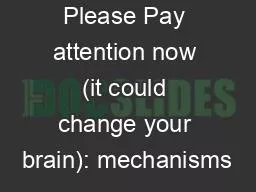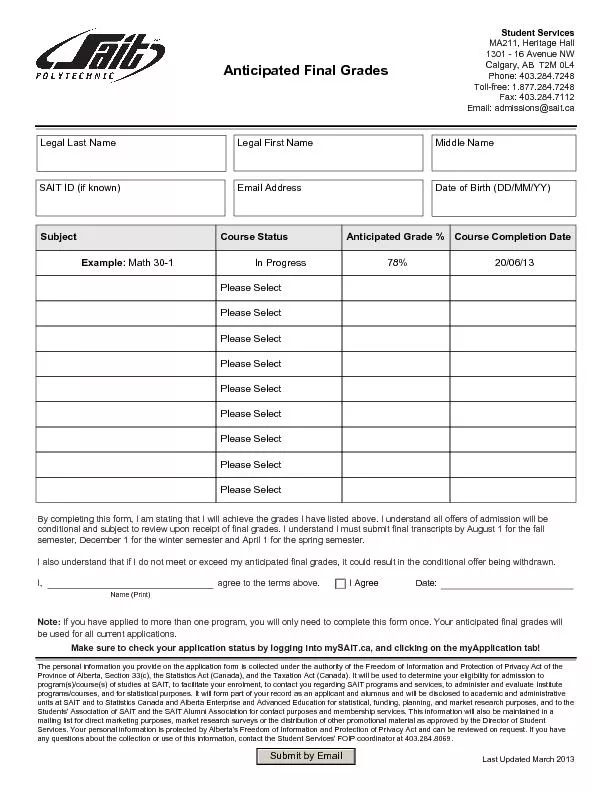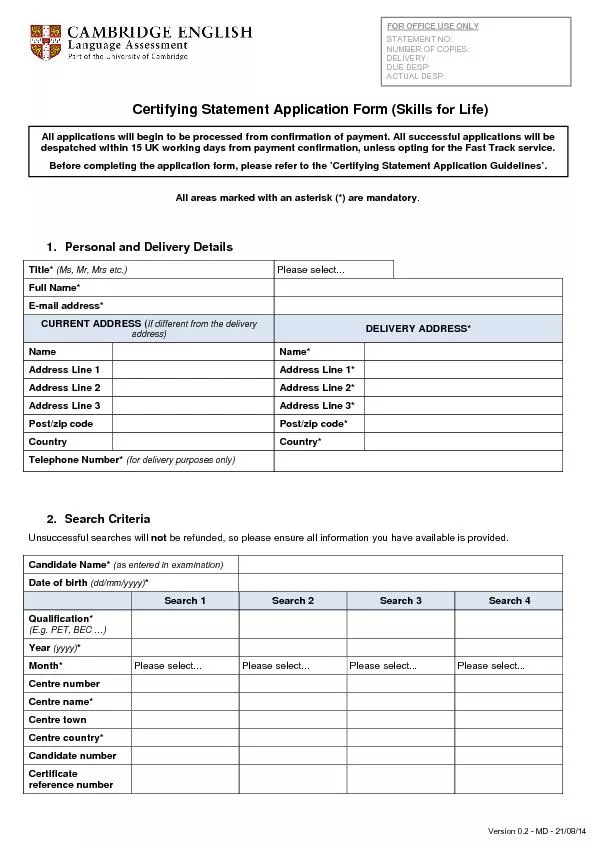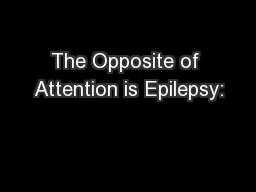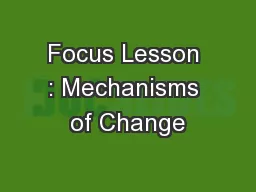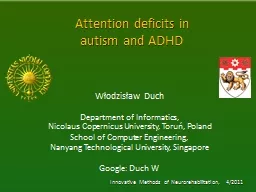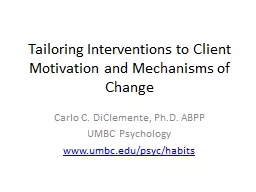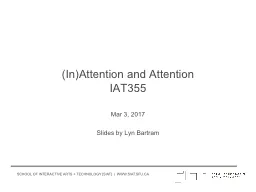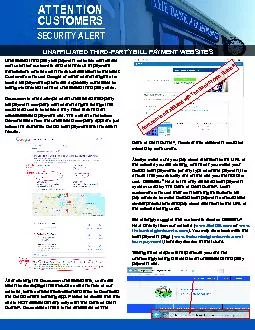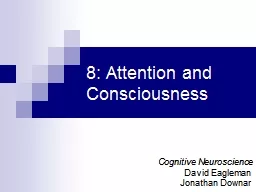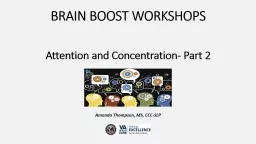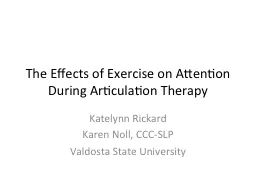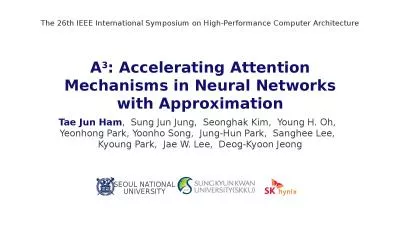PPT-Please Pay attention now (it could change your brain): mechanisms
Author : nullitiva | Published Date : 2020-10-01
of mindfulness Judson Brewer MD PhD Director of Research Center for Mindfulness j udsonbrewerumassmededu Money makes people funny Scott Kriens 1440 Foundation
Presentation Embed Code
Download Presentation
Download Presentation The PPT/PDF document "Please Pay attention now (it could chang..." is the property of its rightful owner. Permission is granted to download and print the materials on this website for personal, non-commercial use only, and to display it on your personal computer provided you do not modify the materials and that you retain all copyright notices contained in the materials. By downloading content from our website, you accept the terms of this agreement.
Please Pay attention now (it could change your brain): mechanisms: Transcript
Download Rules Of Document
"Please Pay attention now (it could change your brain): mechanisms"The content belongs to its owner. You may download and print it for personal use, without modification, and keep all copyright notices. By downloading, you agree to these terms.
Related Documents

